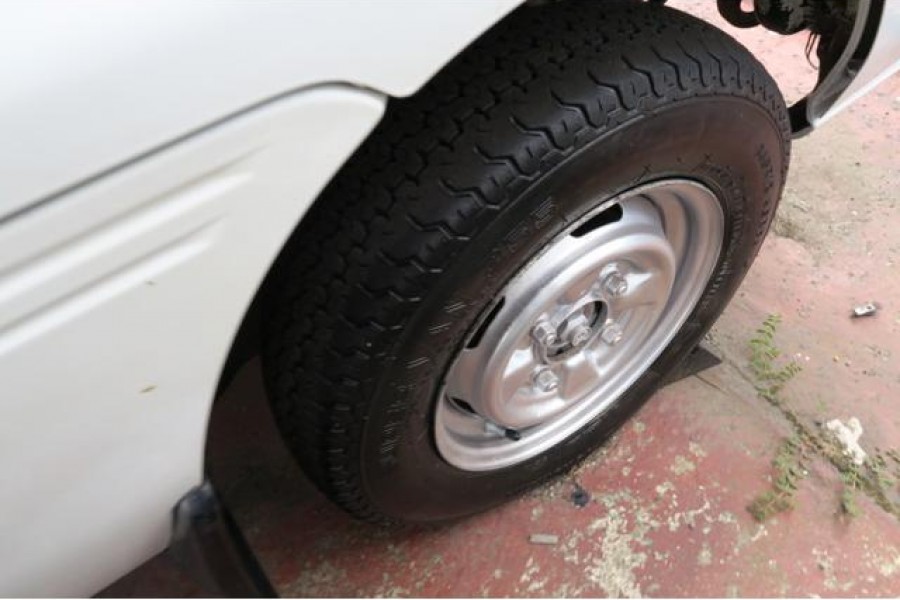Most truck owners forget about tire servicing after fixing a high quality that will last for years. However, a lot can be messy with the tires if you do not give them attention. The most important thing never to forget is the thickness of the tire tread. The treads define how good the tires are on the road.
When To Replace the Tires
This guide will guide you to know whether you need to replace your tire or not. Your tire tread has to reach a specific level, or you have to replace it. Let’s look at when to replace a tire.
When the treads are low, the tire tread should be at least 2/32 of an inch. When the treads go below this, your tires are completely worn out.
When the treads start to become low, the treads start becoming low at the level of 3/32. At this level, your mechanic will recommend you replace your tire. It is necessary to replace your tires at this level when you live in areas with adverse climatic conditions or when winter is around the corner.
Good tread level. New tires have 11/32 inches tread level. Suppose it is 6/32. It is still considered good. You might change your tire if something happens to the treads, making them less effective.
Sometimes you might never know if your truck tires need a replacement. Consider visiting your mechanic for a check-up and advice in such a scenario.
Problems Caused by Low Tire Tread
When the tire treads become extremely low, you might assume and start driving safely, but it is a concern that can lead to serious safety issues for yourself and other road users. Let us look at some of the problems relating to worn-out tires.
Handling and Safety Issues
The tire treads provide a good grip for your truck, enabling you to handle control properly and handle your truck. When the treads become low, handling your truck will be difficult, especially on slippery surfaces, you might find it difficult to apply brakes, which might be dangerous to other road users.
Braking Problems
Tread plays a greater role in the braking system of your truck. Treads provide friction necessary for stopping the truck when you press the brake pedal. When the treads are low, you will step on the brake pedal, but it will not offer adequate friction to stop the truck.
Bad Fuel Economy
Low treads reduce the rate your truck will gain and maintain its speed as you accelerate, forcing your engine to burn more fuel to increase and maintain the speed of your truck.
Problems During Bad Weather
Driving in a rainy or snow is more difficult when your treads are low. It makes it difficult for you to handle the truck as it may slide and veer off the road.
Emissions Problems
Did you know that the rate at which your truck will emit exhaust gases increases when your tread levels are low? Low treads reduce grip, making your engine burn more fuel to produce adequate energy to propel your truck.
Conclusion
Knowing the condition of the tread of your tire is necessary. It will tell whether you will be safe on the road or not. Low tire treads possess a lot of problems that you should not ignore.

